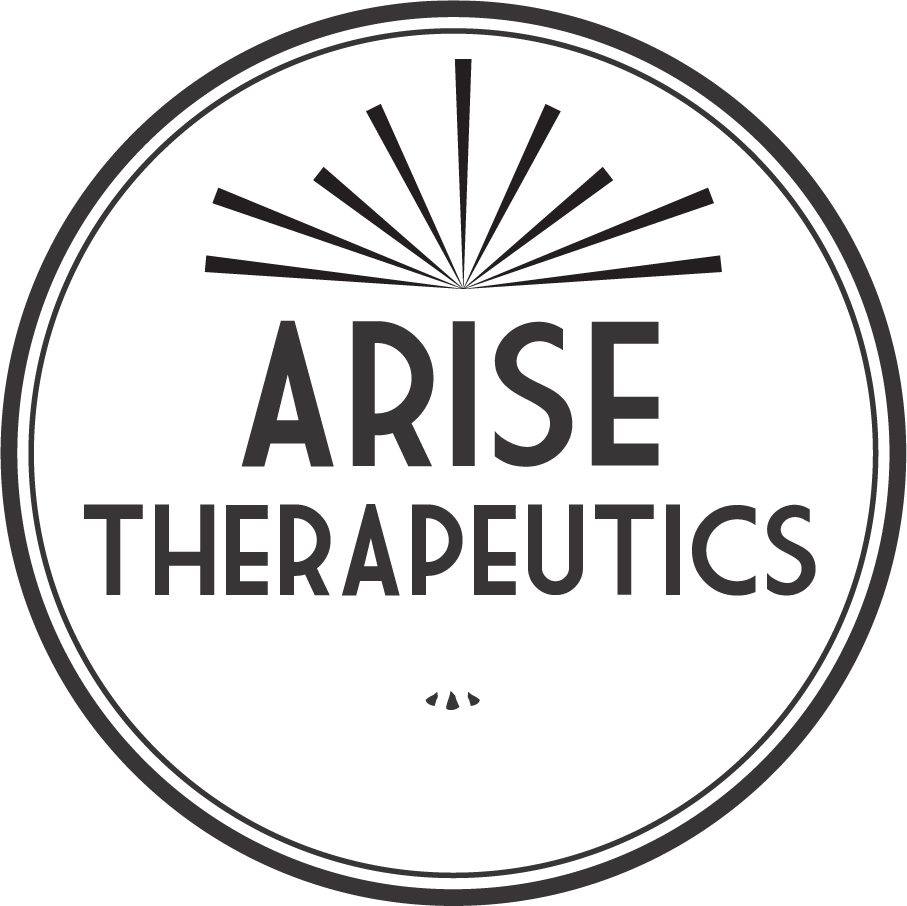When I first started practicing yoga I would hear my teachers say things like, "It's all about the breath." I just didn't understand what the big deal was. I figured breathing was something I would get to later, when I had extra time. And anyway, If we weren't already breathing, wouldn't we be dead?
Years later, in "The Breathing Book," yoga teacher Donna Farhi answered my question simply, most of us breathe enough to survive but not to thrive.
For years I wrangled myself into poses, and through my daily life, with the cue "Don't forget to breathe" added on at the end like icing on a cake. I've since discovered that breathing well is the most important ingredient of the cake, it keeps the whole thing from falling apart. It turns out that we actually hold our breath 95% of the time, while we work and drive and do the dishes and even when we're trying to fall asleep.
One of the ways the therapy I offer is different is by considering breathing as the foundation. When we breathe well we feel at ease. From a place of ease we can begin to move purely and then we can strengthen that pure movement. In traditional rehab the focus is on using strength to create movement and then the breath comes more like a gasp at the end. The problem with working this way is we often end up strengthening tension patterns and never really get to the heart of unwinding patterns that are causing pain.
Occupational therapist Bonnie Bainbridge Cohen sums up the importance of beginning with breathing, here,
Pre-vertebrate patterns underly the vertebrate patterns and provide the process of movement. Breathing, the first pattern, lays the foundation for all other succeeding patterns. Wherever the breathing is blocked in the body, future patterns will be blocked; wherever the breathing is free, the future patterns will develop efficiently.

